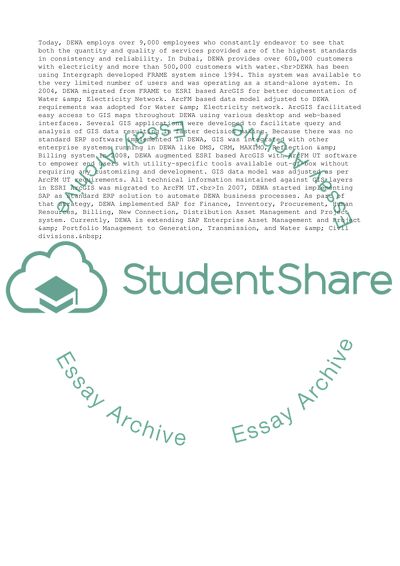Cite this document
(Professional Services for Geospatial Transformation Strategy in DEWA Essay, n.d.)
Professional Services for Geospatial Transformation Strategy in DEWA Essay. Retrieved from https://studentshare.org/business/1851171-editing-only
Professional Services for Geospatial Transformation Strategy in DEWA Essay. Retrieved from https://studentshare.org/business/1851171-editing-only
(Professional Services for Geospatial Transformation Strategy in DEWA Essay)
Professional Services for Geospatial Transformation Strategy in DEWA Essay. https://studentshare.org/business/1851171-editing-only.
Professional Services for Geospatial Transformation Strategy in DEWA Essay. https://studentshare.org/business/1851171-editing-only.
“Professional Services for Geospatial Transformation Strategy in DEWA Essay”, n.d. https://studentshare.org/business/1851171-editing-only.


